An electrocardiogram records the electrical signals generated in the heart. It is one of the most common and painless tests to detect heart problems and quickly monitor cardiac health. It is standard equipment in operating rooms and ambulances.
An electrocardiogram (ECG) is a painless, non-invasive way to diagnose several common heart problems. A healthcare professional may use ECG to detect:-
Irregular rhythms of the heart
If blockage of arteries is causing chest pain
Whether one had a previous episode of a heart attack
How well specific treatments for heart diseases are working
An ECG is often advisable if one experiences any of the following signs and symptoms:-
Chest pain
Dizziness or lightheadedness
Palpitations
Increase in pulse rate
Shortness in breath
Generalized weakness
ECG can be taken at rest or while exercising (an exercise stress test). An exercise stress test, also known as stress electrocardiography, helps determine how well the heart performs during exercise. It typically involves walking on a treadmill or pedaling on a stationary bike to monitor the heart's activity. When the heart rate reaches its peak levels, the physician takes an electrocardiogram.
A stress test is usually performed to determine the following:-
How well the heart pumps the blood
Whether the heart is receiving an adequate amount of blood
The symptoms you are experiencing can be reproduced while performing physical activity.
A cardiac stress test helps the healthcare provider determine if one needs additional, often invasive, tests to confirm a diagnosis or if treatment may lower the chances of a heart attack. At the time of the stress test, the healthcare provider assesses the response to the increased workload by measuring the blood pressure, heart rate, oxygen levels, electrical activity in the heart, and how healthy our heart is compared to other people of the same age and sex.
Common indications of doing a stress test are:
Congenital heart diseases
Congestive heart failure
Coronary heart disease
Heart valve disease
Hypertrophic cardiomyopathy
Diagnose arrhythmias
Guide treatment of heart diseases
People with high-risk occupations, like pilots or athletes, may need stress tests.
Stress tests are also done for people with a heart ailment who want to start exercising. Furthermore, it is done for those who want to assess how well their current medications work. The stress test is recommended for people with diabetes, hypertension, high blood cholesterol, and a family history of premature heart disease.
Although a stress test is always safe, complications may occur rarely. A few incidences of chest pain, syncope, heart attack, and arrhythmia have been reported while doing this test.
Stress tests can be done with or without imaging. The most common exercise stress tests are:
A blood pressure cuff is placed around the arm.
Electrodes are placed on the body. Electrodes are the sensors that pick up the electrical signals of the heart. The electrodes are connected to the computer or ECG machine to record the electrical activity in the heart during a stress test.
If one cannot exercise, an intravenous line is inserted into the arm's vein. A medicine is injected through the intravenous catheter. The medicine makes the heart beat faster, while the ECG machine records the activities of the heart.
If you can exercise, you must walk on a treadmill or ride a stationary bike. On a treadmill, the speed increases slowly. On a bicycle, the resistance increases slowly, so your heart beats faster. However, the test stops when you develop chest pain, breathlessness, dizziness, or fatigue.
The patient is monitored for 10–15 minutes, or until the heart rate returns to normal.
If one plans to undergo a stress test, one must wear comfortable shoes and clothing. The health care provider usually provides instructions for the other test prerequisites. One may be asked to fast and stop smoking for at least a few hours before the test. Caffeinated drinks are typically avoided. One must consult a doctor before stopping the medications.
Recently, a few more tests have been performed in a few centers to enhance diagnostic accuracy. Some of them are:-
Stress echocardiogram
Nuclear stress test
Cardiac MRI test


